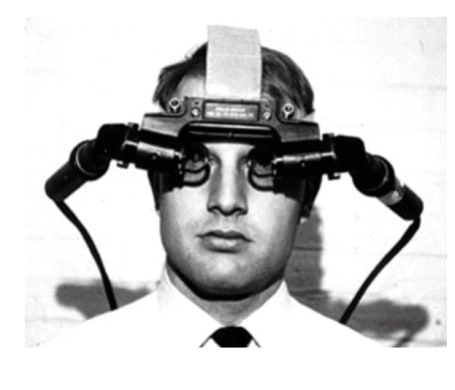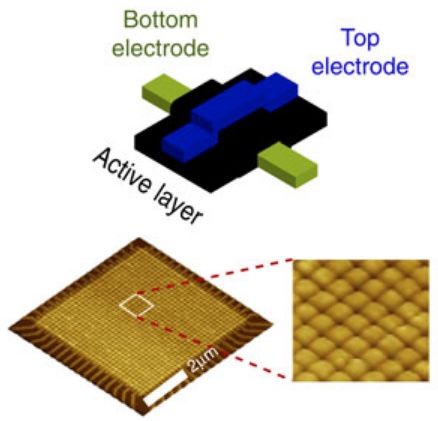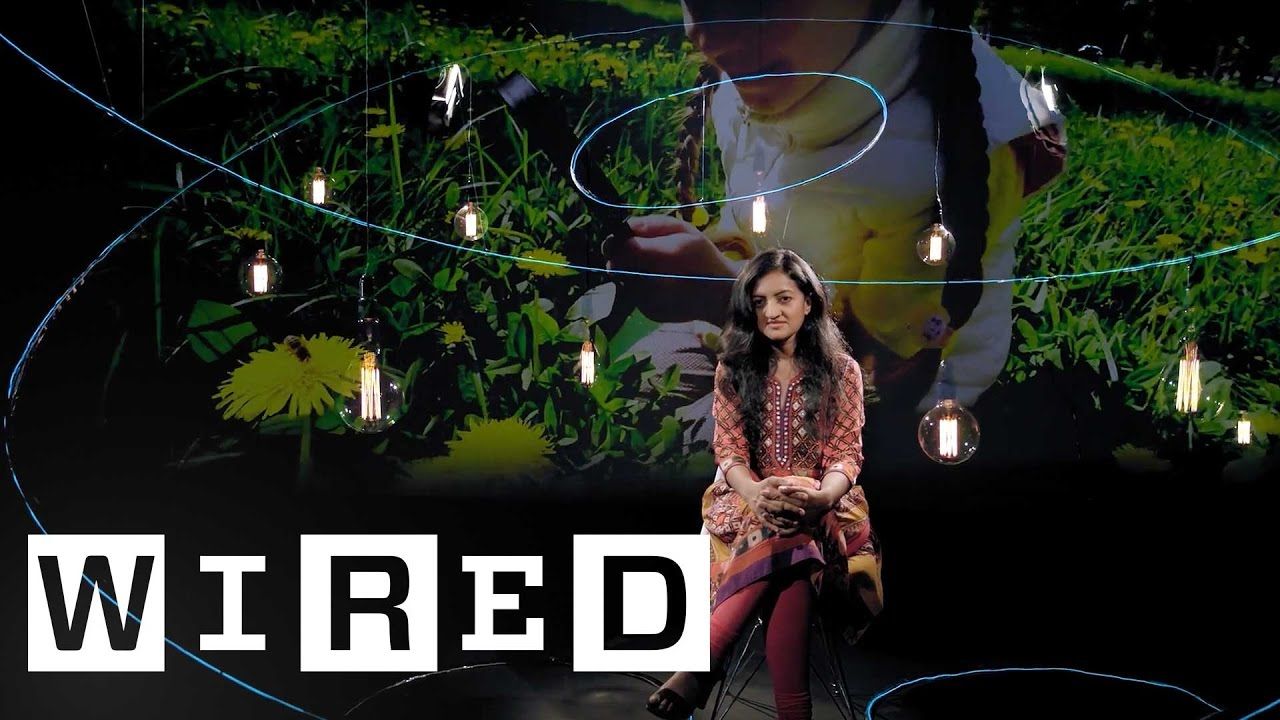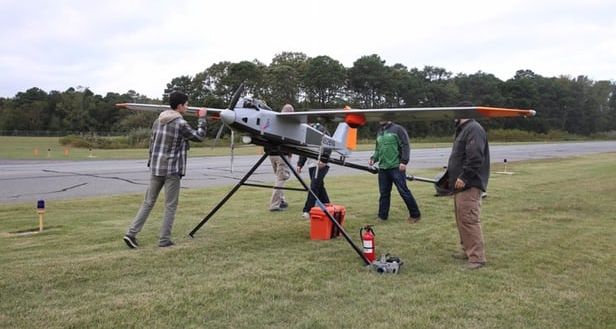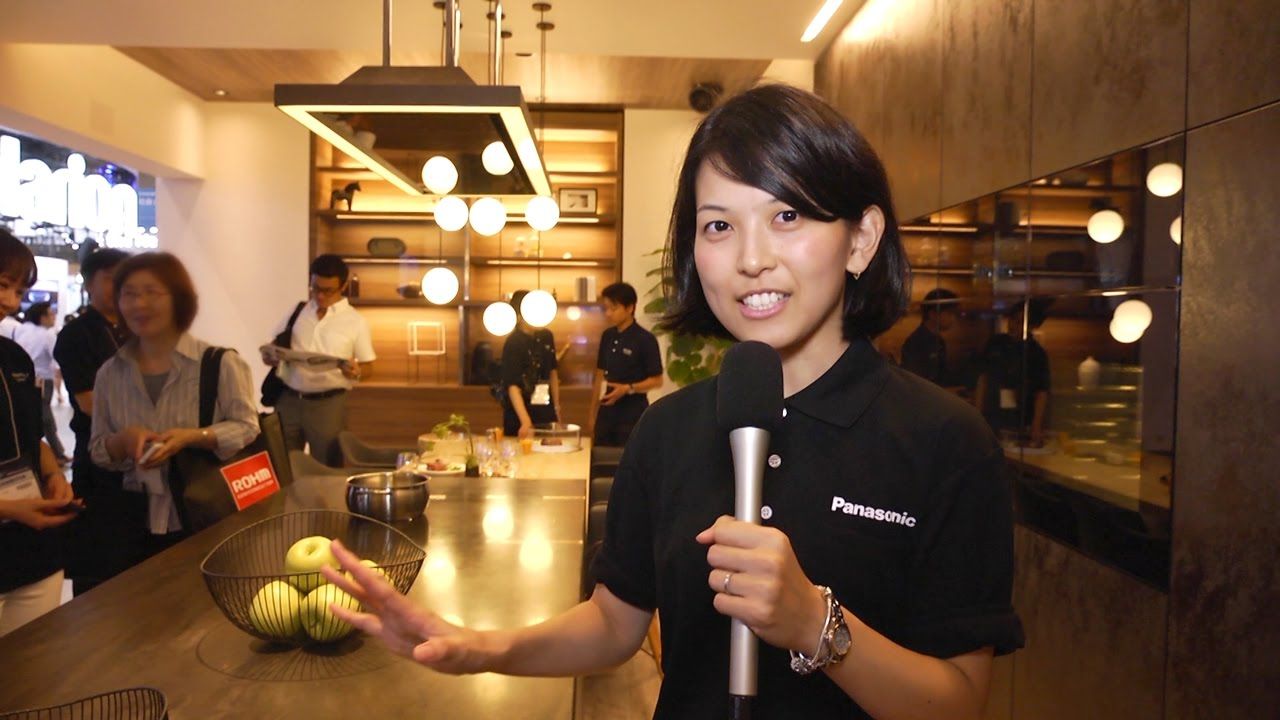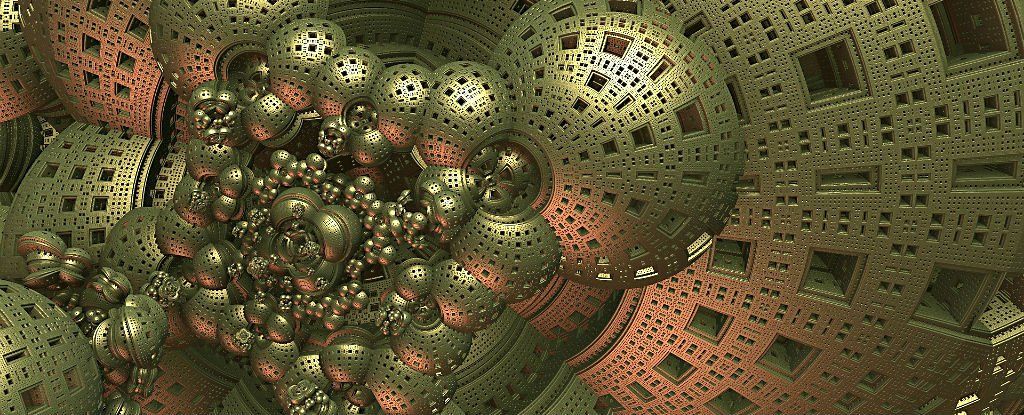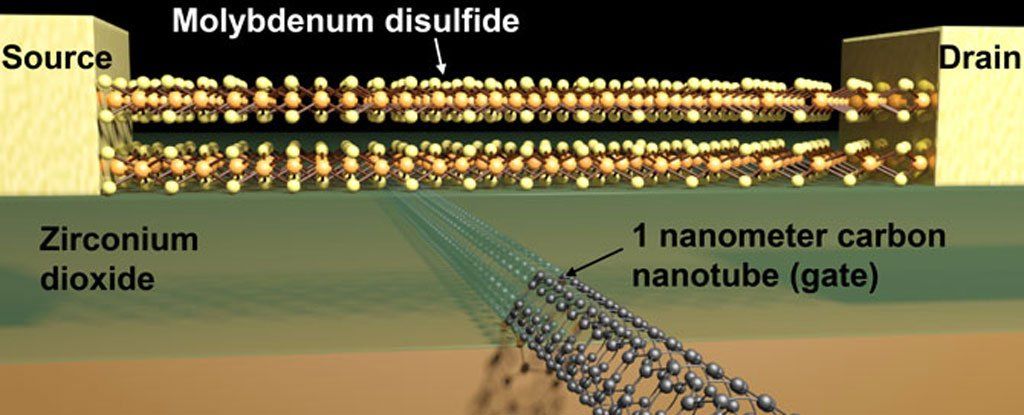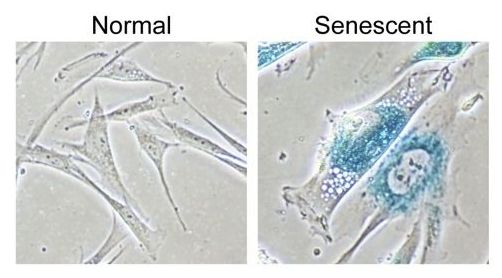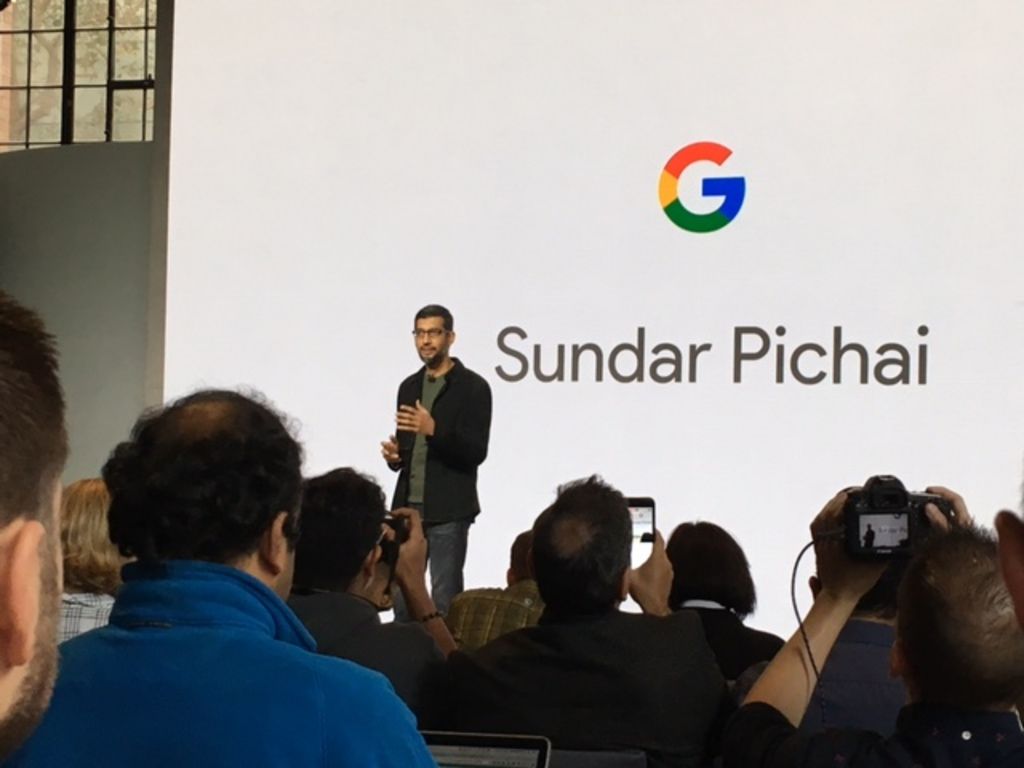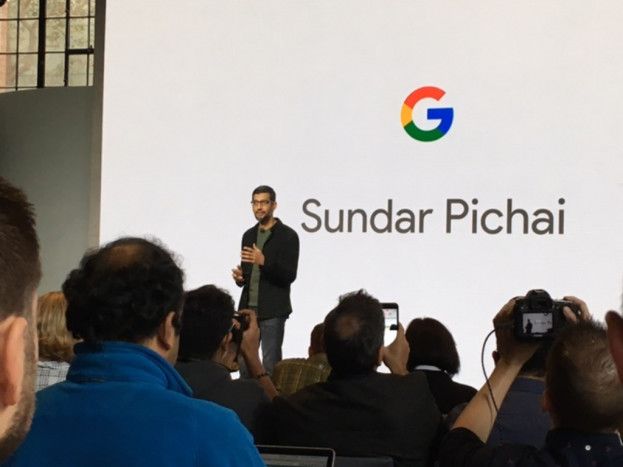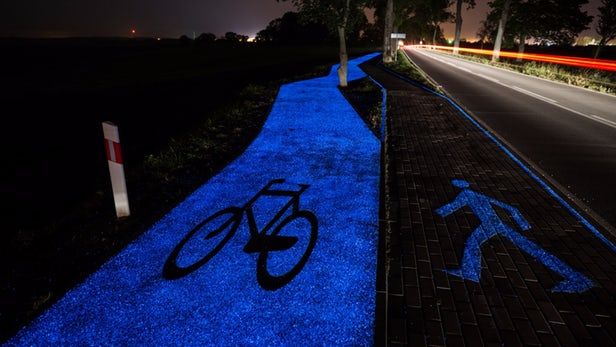
Two years ago, Studio Roosegaarde created a glow-in-the-dark bike path in Eindhoven, Netherlands, helping to light the route in a exciting way. Inspired by that, a materials technology center in Lidzbark Warminski, Poland, has followed suit, with equally dazzling results.
The materials tech center, TPA Gesellschaft für Qualitätssicherung und Innovation (TPAQI), tells New Atlas that it first drew attention to the Eindhoven bike path at a local road forum event. The underlying concept was floated as a potential option for creating something that would reflect the beauty of the surrounding landscape.
Work began about a year ago, with lab tests into how the glowing effect would be created. A variety of different materials and colors were tested, with the aim of creating something that would both look great and that would increase safety for cyclists and pedestrians.
Continue reading “Glow-in-the-dark bike path lights the way in Poland” »
